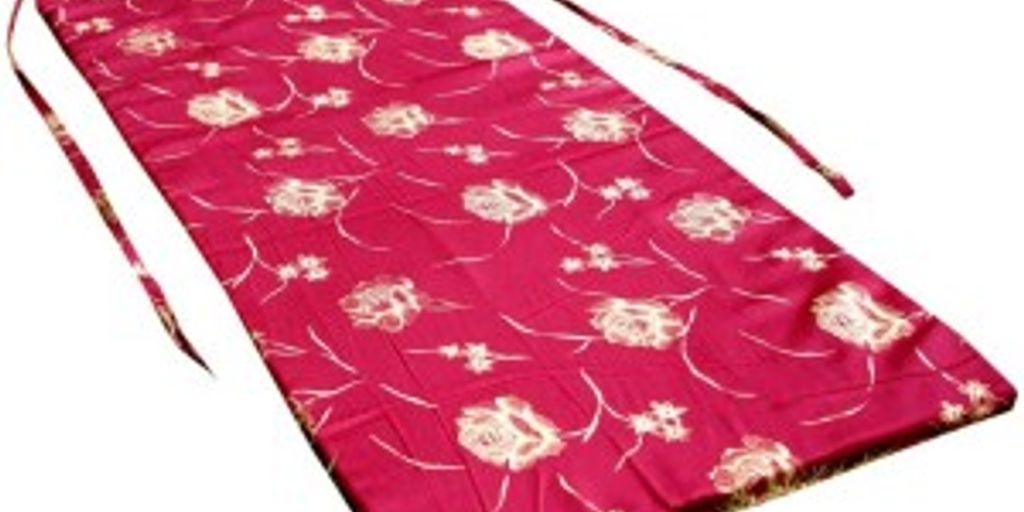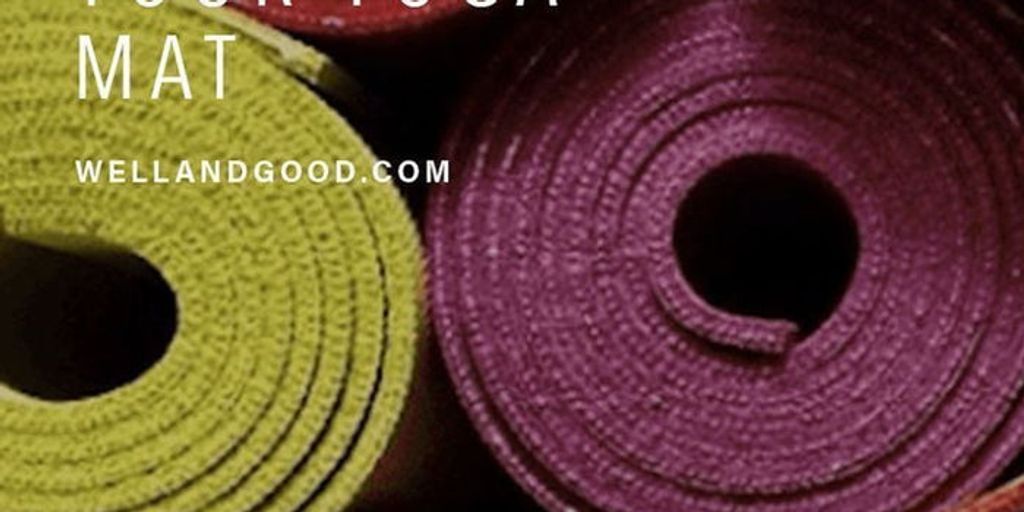
Finding the Best Yoga Mat: A Comprehensive Guide
Choosing the perfect yoga mat can be tricky with so many options out there. This guide will help you find the best mat for your needs, whether you're a beginner or a seasoned yogi. We'll look at different types of mats, key features to consider, and how to care for your mat. Plus, we'll compare popular brands and explore budget-friendly options. By the end, you'll know exactly what to look for in a yoga mat.
Key Takeaways
- Understand the different materials, thickness, and textures of yoga mats to find one that suits your practice.
- Look for key features like durability, portability, and eco-friendliness when choosing a yoga mat.
- Compare popular brands such as Liforme, Manduka, and Jade Yoga to see which one fits your needs best.
- Consider the type of yoga you practice, like hot yoga or restorative yoga, to choose the right mat.
- Learn how to care for your yoga mat with proper cleaning and storage tips to make it last longer.
Understanding Different Types of Yoga Mats
Material Varieties
Yoga mats come in a range of materials, each offering unique benefits. PVC mats are durable and provide excellent grip, but they are not eco-friendly. Natural rubber mats are a popular choice for their sustainability and good traction. Other options include TPE (thermoplastic elastomer) and jute, which are both environmentally friendly.
Thickness and Cushioning
The thickness of a yoga mat can greatly affect your comfort and stability. Mats typically range from 1/16 inch to 1/4 inch thick. Thicker mats offer more cushioning, which is ideal for restorative yoga or for those with sensitive joints. However, thinner mats provide better stability for balance poses.
Texture and Grip
The texture of a yoga mat influences its grip and feel. Mats with a textured surface can prevent slipping, making them suitable for vigorous practices like Vinyasa or hot yoga. Smooth mats, on the other hand, offer a softer feel but may not provide the same level of traction.
Key Features to Look for in a Yoga Mat
When choosing yoga gear, it's important to think about extra features that can make your practice better. From foldable mats for easy travel to durable options for long-term use, the right mat can make a big difference.
Durability and Longevity
A good yoga mat should last a long time. Look for mats made from high-quality materials that can withstand regular use. Durability is key, especially if you practice often. Some mats are designed to be more resistant to wear and tear, making them a better investment in the long run.
Portability and Weight
If you travel a lot or like to take your mat to different places, consider how easy it is to carry. Lightweight mats are easier to transport, but they might not offer as much cushioning. Foldable mats are also a great option for those on the go.
Eco-Friendliness
Many people are now looking for mats that are kind to the environment. Eco-friendly mats are made from natural or recycled materials. They are a great choice if you want to reduce your environmental footprint. Look for mats that are free from harmful chemicals and are biodegradable.
Choosing the right yoga mat involves considering various features that can enhance your practice. From durability to eco-friendliness, each aspect plays a crucial role in finding the perfect mat for your needs.
Comparing Popular Yoga Mat Brands
Liforme
Liforme yoga mats are known for their excellent grip and eco-friendly materials. These mats are made from natural rubber, which provides a non-slip surface even during sweaty sessions. The alignment markers on the mat help yogis maintain proper posture.
Manduka
Manduka mats are celebrated for their durability and comfort. They are made from high-quality PVC, which ensures longevity. Manduka offers a variety of mats, including the popular PRO series, which is thicker and provides extra cushioning.
Jade Yoga
Jade Yoga mats are favored for their eco-friendly approach. Made from natural rubber, these mats offer great traction and support. Jade Yoga also plants a tree for every mat sold, making it a sustainable choice for environmentally conscious yogis.
We found the best yoga mats of 2024. After testing 26 options in the Verywell testing lab, we recommend top choices from Lululemon, Gaiam, Manduka, and more.
Choosing the Right Yoga Mat for Your Practice
Hot Yoga
For hot yoga, you'll need a mat that can handle a lot of sweat. Look for mats with excellent grip even when wet. Mats made from natural rubber or those with a textured surface are great choices. They help you stay stable during your practice.
Vinyasa Flow
Vinyasa flow involves a lot of movement, so you need a mat that provides good cushioning and support. A medium-thickness mat, around 4-5mm, is ideal. It offers the right balance between comfort and stability, helping you transition smoothly between poses.
Restorative Yoga
Restorative yoga is all about relaxation and holding poses for longer periods. For this practice, a thicker mat, around 6mm or more, is best. It provides extra cushioning, making it more comfortable to stay in poses for extended times.
Choosing the right yoga mat can make a big difference in your practice. Consider the type of yoga you do most often and pick a mat that meets those needs.
Caring for Your Yoga Mat
Cleaning Tips
Keeping your yoga mat clean is essential for both hygiene and longevity. Regular cleaning helps prevent the buildup of sweat, dirt, and bacteria. Here are some simple steps to follow:
- After each session, wipe down your mat with a damp cloth.
- For a deeper clean, mix a solution of water and mild soap, then gently scrub the mat.
- Rinse thoroughly with clean water and let it air dry completely before rolling it up.
Storage Solutions
Proper storage can extend the life of your yoga mat. Avoid leaving it in direct sunlight or damp areas, as these can cause damage. Instead, follow these tips:
- Roll up your mat loosely to prevent creases.
- Store it in a cool, dry place.
- Use a yoga mat bag for added protection, especially when traveling.
When to Replace Your Mat
Even with the best care, yoga mats don't last forever. Look out for signs that it's time to replace your mat:
- Noticeable wear and tear, such as cracks or peeling.
- Loss of grip, making it slippery during practice.
- Reduced cushioning, leading to discomfort.
Taking good care of your yoga mat ensures a safe and enjoyable practice every time.
Budget-Friendly Options for Quality Yoga Mats
Affordable Brands
Finding a good yoga mat doesn't have to break the bank. There are several brands that offer quality mats at lower prices. Gaiam and BalanceFrom are two popular choices. These brands provide mats that are durable and comfortable without costing too much.
Sales and Discounts
Keep an eye out for sales and discounts. Many stores offer deals during holidays or special events. Signing up for newsletters from yoga mat companies can also alert you to upcoming sales. This way, you can get a high-quality mat at a fraction of the price.
Second-Hand Mats
Buying a second-hand mat is another way to save money. Check out local thrift stores or online marketplaces. Often, you can find mats that are gently used and still in great condition. This is a great option if you're on a tight budget.
Investing in a quality mat that will last can save you money in the long run. Even if you choose a budget-friendly option, make sure it meets your needs and will hold up over time.
Customizing Your Yoga Mat Experience
Personalized Designs
Adding a personal touch to your yoga mat can make your practice more enjoyable. You can choose mats with unique patterns, colors, or even have your name printed on them. Personalized designs not only make your mat stand out but also reflect your personality.
Additional Accessories
Enhance your yoga sessions with accessories like yoga straps, blocks, and bolsters. These tools can help you achieve better alignment and support during poses. Yoga towels are also great for added grip and absorbing sweat, especially during hot yoga sessions.
DIY Enhancements
If you love crafting, consider making your own yoga mat spray using essential oils. This can keep your mat fresh and clean. You can also sew a custom mat bag to carry your mat in style. These DIY projects add a personal touch and can be a fun way to engage with your practice.
Customizing your yoga mat experience can make your practice more enjoyable and reflect your unique style. Explore different options to find what works best for you.
Want to make your yoga sessions more personal? Check out our wide range of yoga mats at Yune Yoga. From eco-friendly options to fun designs, we have something for everyone. Visit our website to find the perfect mat for your practice and enjoy free shipping on all orders!
Conclusion
Finding the perfect yoga mat can make a big difference in your practice. With so many options out there, it's important to think about what you need. Whether it's the right thickness, the best material, or a mat that fits your budget, there's something for everyone. Remember, the best mat is the one that makes you feel comfortable and helps you enjoy your yoga sessions. Take your time, try out a few, and you'll find the one that's just right for you.
Frequently Asked Questions
What should I consider when choosing a yoga mat?
Look for the right material, thickness, texture, and grip. Think about durability, weight, and if it's eco-friendly.
How thick should my yoga mat be?
It depends on your comfort. Thicker mats offer more cushioning, while thinner ones give better stability.
How do I clean my yoga mat?
You can wipe it with a damp cloth and mild soap. Some mats are also machine washable.
Which yoga mat brands are the best?
Popular brands include Liforme, Manduka, and Jade Yoga. Each has its own unique features.
Can I use the same mat for different types of yoga?
Yes, but some mats are better for specific practices like hot yoga or restorative yoga.
When should I replace my yoga mat?
Replace your mat when it starts to wear out or lose its grip. This usually happens after a year or so of regular use.


